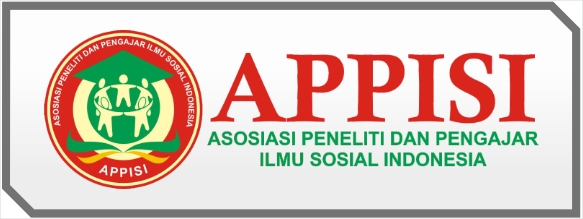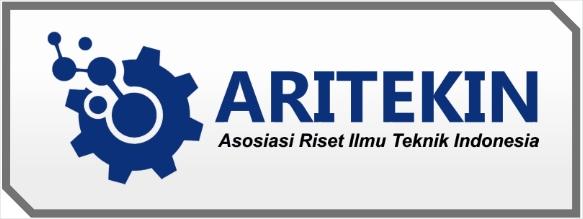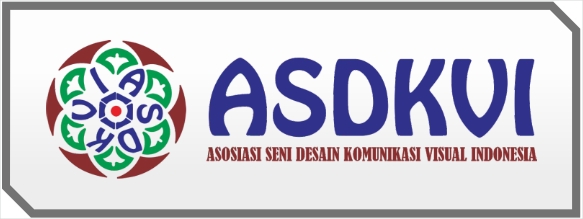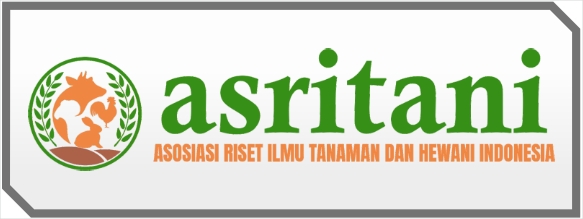Pembuatan Totebag Ecoprint Sebagai Perwujudan P5 Guna Melatih Kreativitas Siswa di MI Darul Hidayah
DOI:
https://doi.org/10.59581/jphm-widyakarya.v2i4.4486Keywords:
Ecoprint, Environmentally Friendly, Creativity, Environmentally Based Education, MI Darul HidayahAbstract
This community service was conducted at MI Darul Hidayah involving 17 fifth grade students as subjects. Making ecoprints is a creative effort to introduce environmentally friendly concepts to students at Madrasah Ibtidaiyah (MI) Darul Hidayah. Ecoprint is a fabric dyeing technique using natural materials such as leaves, flowers and twigs, which produces unique patterns without using dangerous chemicals. This community service aims to provide innovative environment-based learning to students through ecoprint making activities, while increasing their awareness of the importance of environmental conservation. The methods used in this activity include planning, implementation and evaluation stages. Students are taught to choose natural materials, arrange patterns on fabric, and apply ecoprint techniques using a heating or pounding process. As a result, students were able to create simple ecoprint products such as tote bags with creative designs. Apart from that, this activity succeeded in increasing students' understanding of the concept of recycling, the use of organic waste, and the importance of protecting the environment. The conclusion of this community service shows that ecoprint activities not only strengthen students' fine motor skills, but also foster the values of love for the environment, creativity, and cooperation. It is hoped that this activity can become a sustainable educational program at MI Darul Hidayah to support environment-based learning.
References
Failisnur, F., & Sofyan, S. (2019). Karakteristik kain batik hasil pewarnaan menggunakan pewarna alam Gambir (Uncaria Gambir Roxb). Prosiding Seminar Nasional Hasil Litbangyasa Industri II, 2(2), 228–235.
Felix. (2002). Teknik Eco Dyeing dengan Memanfaatkan Tanaman sebagai Pewarna Alam
Husna, Farisah. 2016. Eksplorasi Teknik Eco Dyeing dengan Tanaman sebagai Pewarna Alam. E-Proceeding of Art & Design, 2, III, hlm. 280-293
Lestari, Titik Puji. (2014). Pengaruh Ekstraksi Zat Warna Alam dan Fiksasi terhadap Ketahanan Luntur Warna Pada Kain Batik Katun. Dinamika Kerajinan dan Batik. Vol. 31, No.1
Moerdoko Wibowo, dkk. (1973). Evaluasi Tekstil (Bagian Kimia). Bandung :Institut Teknologi Tekstil.
















